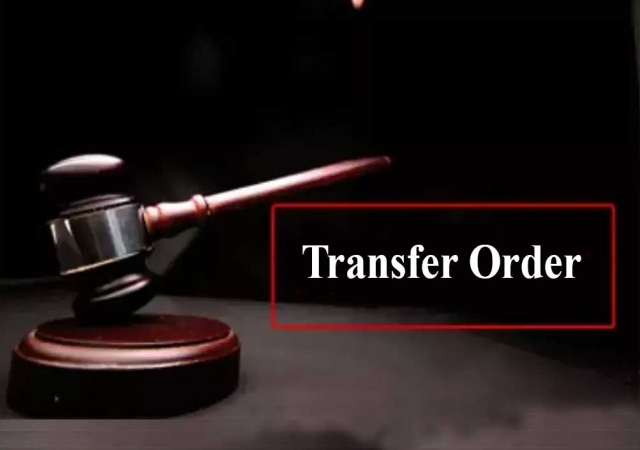The process of divorce is usually emotionally and complicated. It is a delicate process that requires a thorough understanding of the many complexities of the law of family. There may be a need to refer divorce cases before the Supreme Court in certain situations due to a range of reasons. This could be due to concerns about jurisdictional issues to the desire for an impartial hearing. It is crucial for people who are involved in divorce proceedings to be aware of the consequences and procedure for the transfer.
Recognize the necessity for transfer
It is possible that local courts lack sufficient expertise or power to efficiently adjudicate divorce cases. The case could transfer into the Supreme Court due to factors like conflict of interest or bias, as well as a lack of legal framework.
Transfer
The TRANSFER OF DIVORCE CASES IN SUPREME COURT is governed by specific rules in the Code of Civil Procedure as in other laws. The Supreme Court has the power to exercise discretion in transferring divorce cases to ensure justice and respect for the rules of law.
Jurisdictional Issues
divorce cases that include people who live in different states or nations can be complicated due to jurisdictional concerns. Since it is the highest judicial authority and the supreme court, the Supreme Court has the power to resolve jurisdictional disputes as well as clarify legal questions that span boundaries between regions.
Grounds for Transfer
The motives for requesting an extension of the divorce process may differ, however they will be based on questions of impartiality and interpretations of law as well as the requirement to have expertise in certain areas. Parties seeking to transfer divorce proceedings must present valid arguments backed by the precedents of the law as well as persuasive arguments.
Procedure for Transfer
The divorce proceedings may be transferable to the Supreme Court by filing a request for transfer. The petition includes relevant documentation and Affidavits. The court will review the divorce petition after receiving it and will consider different factors.
The Court will consider the following factors. Court
In determining if a transfer is appropriate the court must consider various factors, including the convenience of the parties, fairness and the nature of the issue. The court decides according to an individual basis, and considers the specific circumstances of every case.
Landmark Cases
The Supreme Court delivered important judgments throughout the years, which have created the legal basis to transfer divorce cases. These cases are precedents which give insight into the way in which the Supreme Court handles divorce cases.
Controversies and Contests
Although the legal framework has been established however, there could be issues or disagreements regarding the distribution of divorce cases. These could range from legal issues to divergent opinions. This underscores the necessity to continue reviewing the current practice.
The benefits of transferring
The transfer of divorce cases to the Supreme Court has several advantages including the ability to access superior knowledge in the field of law as well as impartial adjudication, and the assurance of fair trial. Parties can be more secure about the process of obtaining a divorce, being assured that the case will be considered by the most prestigious court.
Impact on Parties Involved
The divorce process can impact the rights and legal obligations of parties as well as their financial rights as well as their psychological wellbeing. In order to navigate the process effectively it is essential to be aware of the consequences of their decisions and seek the right legal guidance.
The function of the legal counsel
Legal representation is essential for helping transfer divorce proceedings. Additionally, it assists clients in defending their rights. Experienced lawyers can provide invaluable advice and assistance throughout the divorce process in order to make sure that the client's rights are safeguarded.
Perception by the public and opinions
Public perceptions of transfer divorce case can differ. Many may see the process as a necessary tool to ensure justice, while others may view it as an unwieldy legal procedure. It is crucial to comprehend and respond to public issues so that we can maintain the trust and faith of people.
Future Trends
Transferring divorce cases into the Supreme Court could be subjected to changes and developments when the law landscape shifts as well as the social dynamics alter. The future trends may include taking advantage of technology advancements, streamlining procedures and encouraging alternative ways of settling disputes.
Conclusion
The transfer of divorce cases to Supreme Courts is a crucial aspect in the system of law, because it guarantees the equal accessibility to justice and upholds the the rule of the law. Knowing the law and taking informed decisions, can help divorce cases more easily and with clarity.






